Welcome to one of the most active flamenco sites on the Internet. Guests can read most posts but if you want to participate click here to register.
This site is dedicated to the memory of Paco de Lucía, Ron Mitchell, Guy Williams, Linda Elvira, Philip John Lee, Craig Eros, Ben Woods, David Serva and Tom Blackshear who went ahead of us.
We receive 12,200 visitors a month from 200 countries and 1.7 million page impressions a year. To advertise on this site please contact us.
|

|
|
trying to understand the timing of this Paco Siguiriyas alzapua
|
You are logged in as Guest
|
|
Users viewing this topic: none
|
|
Login  | |
|

   
Ricardo
Posts: 14801
Joined: Dec. 14 2004
From: Washington DC

|
 RE: trying to understand the timing ... (in reply to johnnefastis) RE: trying to understand the timing ... (in reply to johnnefastis)
|
|
|
quote:
The reason I was going a bit nuts with the begining timing is there is actually a big gap between the first downstroke of the alzapua (1 in my screen grab) and then the hammer on to e (2). (Then 3 is D and 4 is the alzapua upstroke) So I was trying to write that down but I guess thats where the compas stretches a little and then Paco actually playes it pretty on the beat and speeds up a little in the second compas to make it more intense.
Honestly I never felt a gap and the Bb bass note is felt as count 2 to me…as I am familiar with this type of phrases. The vagueness is caused by the up stroke which honestly could be intended to be simultaneous with the open D string (we see a similar thing happen later)…so as you pull off from E to D the thumb strokes upward at that same moment. The reason it doesn’t sound clear is actually because of Camaron screaming OLE!!…and as many times I annoyed my family with that rewinding in slow motion that first beat phrase, I never really heard anything different than straight 4 notes in one beat. So I don’t really hear a separation of 5 notes. The rhythm I wrote is a way to make it work, but 5 tuplets work, also 2 16th then three triplets…but again, I believe the intent to have the open D and the upstroke work together….so the very last 16th has to be the C note which leads into the strong accented Bb.
EDIT…looking at your screen grab you could interpret the hammer, pull and up stroke, as 2 32nd notes and a 16th. So if you count 1 e & ah…as the 16ths of beat one, then the hammer on “e” will be 32nd, the pull off a 32nd, and the up stroke lands on “&” as 16th. The last 16th is C, then beat two starts with Bb.
_____________________________
CD's and transcriptions available here:
www.ricardomarlow.com
|
|
|
|
REPORT THIS POST AS INAPPROPRIATE |
Date Feb. 21 2022 15:39:38
 |
|
 New Messages New Messages |
 No New Messages No New Messages |
 Hot Topic w/ New Messages Hot Topic w/ New Messages |
 Hot Topic w/o New Messages Hot Topic w/o New Messages |
 Locked w/ New Messages Locked w/ New Messages |
 Locked w/o New Messages Locked w/o New Messages |
|
 Post New Thread
Post New Thread
 Reply to Message
Reply to Message
 Post New Poll
Post New Poll
 Submit Vote
Submit Vote
 Delete My Own Post
Delete My Own Post
 Delete My Own Thread
Delete My Own Thread
 Rate Posts
Rate Posts
|
|
|
Forum Software powered by ASP Playground Advanced Edition 2.0.5
Copyright © 2000 - 2003 ASPPlayground.NET |
0.0625 secs.
|


 Printable Version
Printable Version



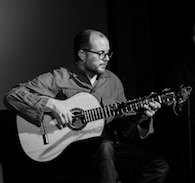
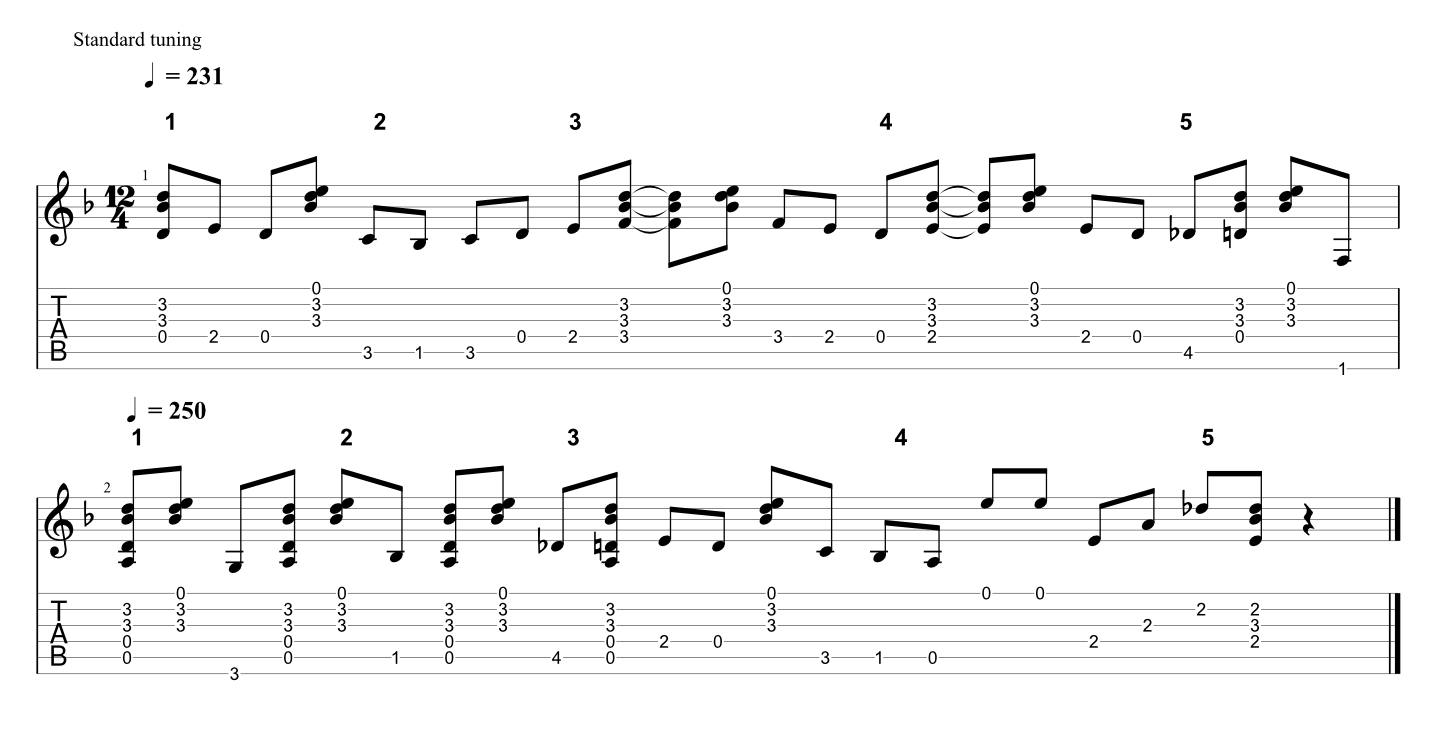



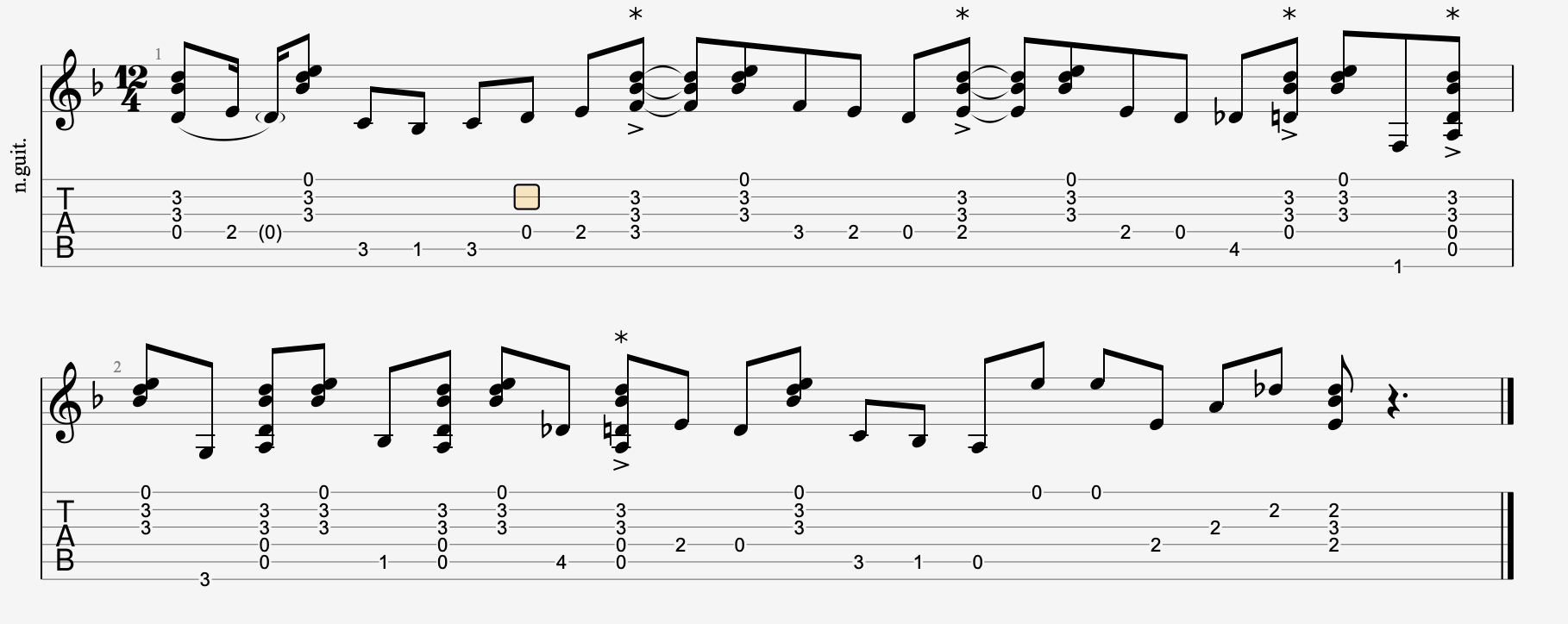
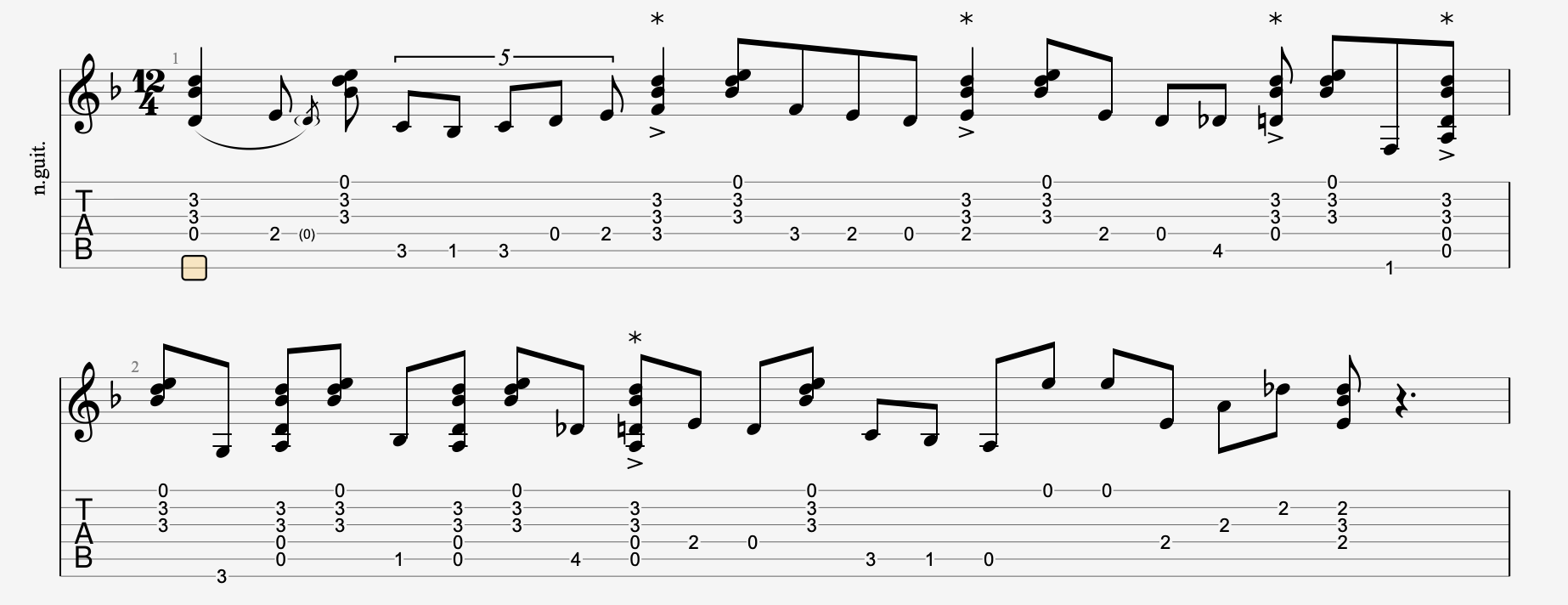

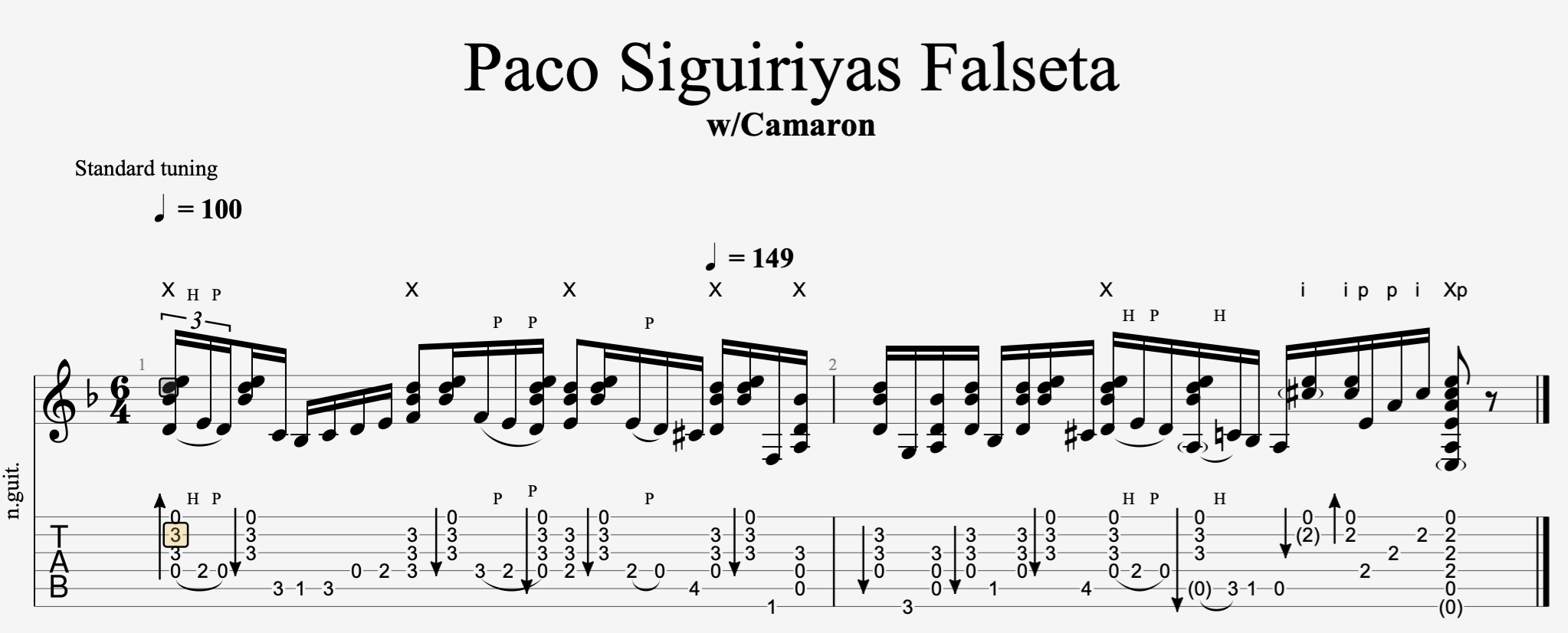
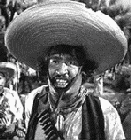
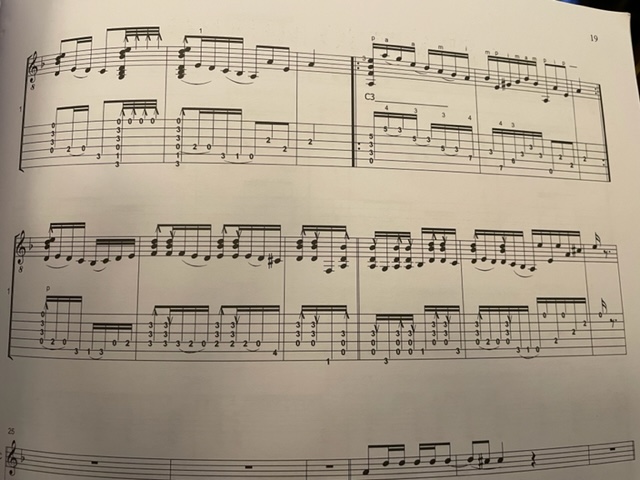
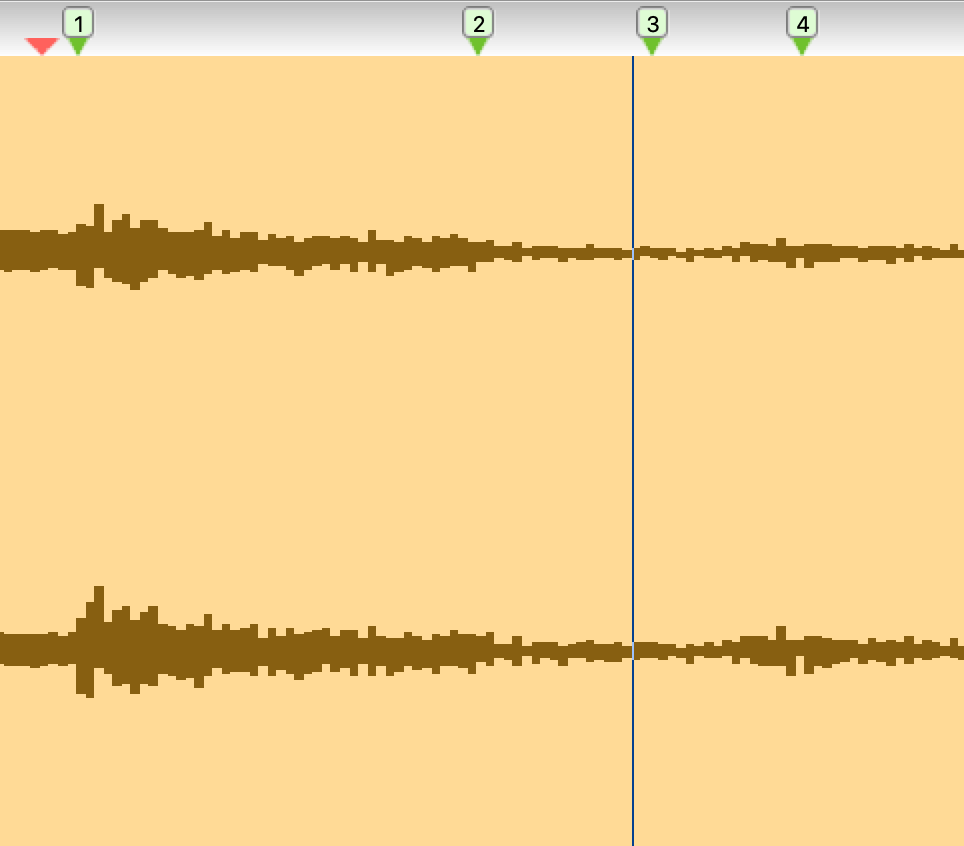
 New Messages
New Messages No New Messages
No New Messages Hot Topic w/ New Messages
Hot Topic w/ New Messages Hot Topic w/o New Messages
Hot Topic w/o New Messages Locked w/ New Messages
Locked w/ New Messages Locked w/o New Messages
Locked w/o New Messages Post New Thread
Post New Thread